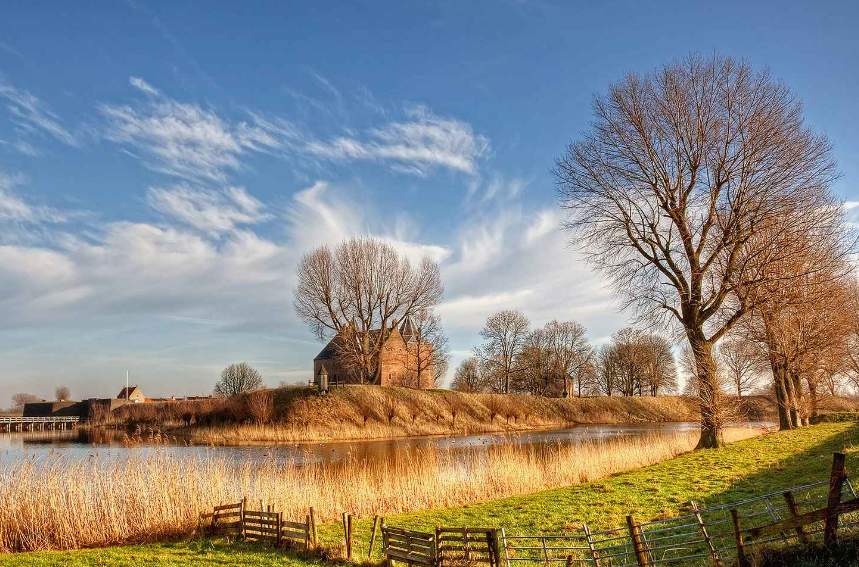
(Deer Island, Mauritius)
Mauritius Deer Island (L 'ile aux cerfs), it is a small island inlaid in the eastern end of the coast of Mauritius, Mauritius can be described as a paradise for water sports and golf, and Deer Island is said to have the most beautiful beach in Mauritius, do not visit this will be a lifelong regret.
Known as one of the "Paradise Islands", Deer Island, Mauritius, is located to the east of the island and can be reached in 20 minutes by boat. Kashima is named after its resemblance to a deer's head on Google Maps. There is a natural and beautiful lagoon, the water is wide and calm, and the sand is white and fine.
The island is covered with coconut trees and a plant called Filaos, and the buildings are primitive stone or thatched huts. Visitors can enjoy a variety of sea sports: windsurfing, speedboats, glass bottom boats, water paragliding, banana boats, etc., and taste Creole (indigenous) food - seafood, snakes, etc. Restaurants are mostly simple and cute little pavilions.
A narrow waterway separates Kashima from its neighbor, the Eastern Island, where visitors can swim or walk at low tide.
(Heptachromic soil)
The Seven Colored Earth is located in the "Seven colored Earth" scenic spot in the south of Mauritius. It is formed by oxidation from volcanic eruptions. The scenic spot is one of the rare places in the world to have seven different colors of soil at the same time.
(Pomplemuth Botanical Garden)
Located in Africa, the Botanical Garden on the island of Pomplemus in Mauritius was founded in 1796 and is the oldest botanical garden in Mauritius, covering an area of 2 to 3 square kilometers, where tropical plants are cultivated.
(Mona Mountain cultural landscape)
The cultural landscape of Mount Mona, a steep mountain in southwestern Mauritius that extends all the way to the Indian Ocean, served as a refuge for runaway slaves throughout the 18th and early 19th centuries.
Because of its remote location, wooded and surrounded by cliffs, escaped slaves built small settlements in caves and on top of the mountain.
Through the word of mouth of escaped slaves, Mount Mona has become a symbol of the slaves who fought for freedom, the suffering and sacrifices they made, all of these oral traditions associated with the countries of origin of the escaped slaves - the African continent, Madagascar, India and Southeast Asia.
In fact, Mauritius, as an important transit point for the eastern slave trade, was also known as the "Republic of fugitive Slaves" because of the large number of escaped slaves who lived on Mount Mona.
(Eye of the Sahara)
The Eye of the Sahara, also known as the "Richter Structure", is located in Mauritania, southwest of the Sahara Desert in Africa. It is 48 kilometers in diameter and can be clearly seen from space.
Originally thought to have been formed by a meteorite collision, geologists believe it may have been caused by rising geological structures or erosion, and the formation of this ring shape remains a mystery.
(Altun Rock Reef National Park)
Along the Atlantic coast, the Altun Rocks National Park consists of sand dunes, coastal marshes, islets and shallow bays. Deserts, barrenness and the diversity of coastal areas create a strong contrast between the land and the nature of the coast.
A great variety of migratory birds winter here. Several species of sea turtles and dolphins that fishermen use to attract large numbers of fish can also be found here.
(Chingeti)
In the vast hinterland of the Sahara Desert, about 600 kilometers northeast of Nouakchott, the capital of Mauritania, there is an ancient city of Xingeti, which has been buried by sand and dust for 200 years and still maintains its style, attracting the attention of many visitors.
(Vallata)
Vallata is an ancient city in Mauritania. Southwest of the Waratah cliffs.
(The ancient towns of Vadan, Shingeti, Tihit and Warata)
The ancient towns of Vadan, Shingeti, Tihit and Warata were inscribed as World Heritage Sites in 1996. These towns, which belong to Mauritania, were built in the 11th and 12th centuries as a center of trade and religion, serving caravans passing through the Sahara Desert, and gradually developed into a center of Islamic culture.
(Altun gulf)
A bay on the Atlantic coast of Mauritania, West Africa.

